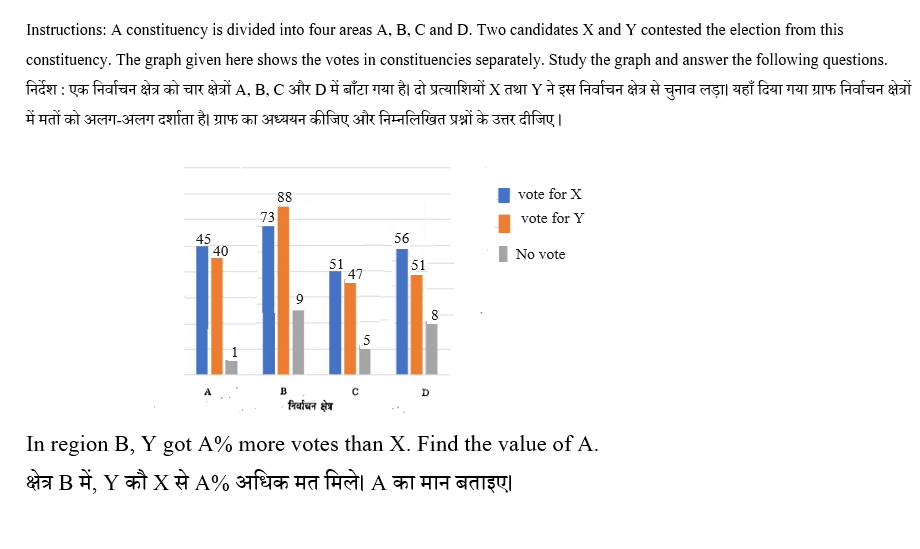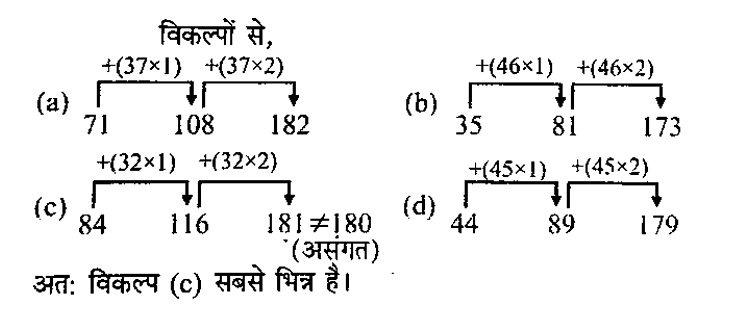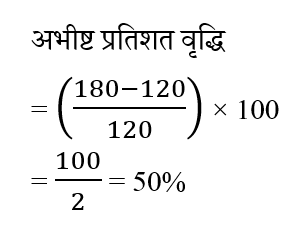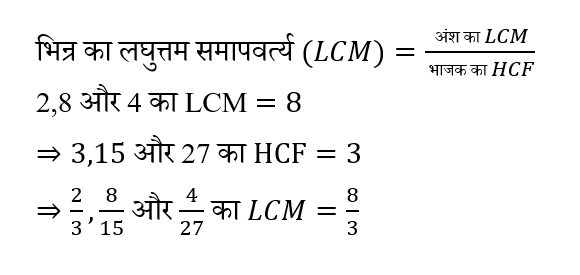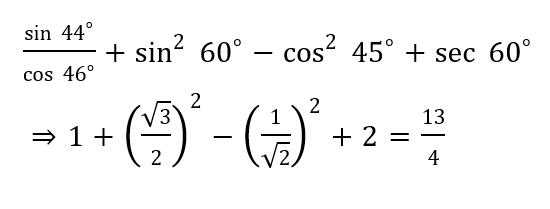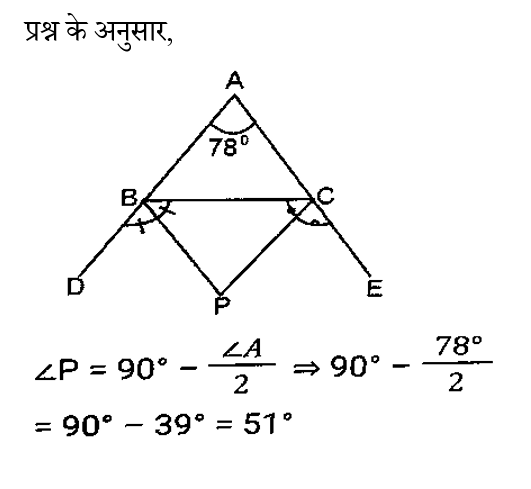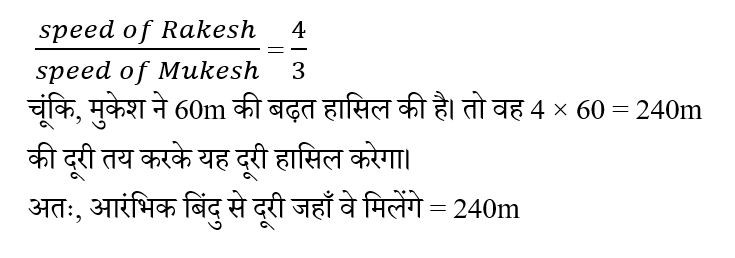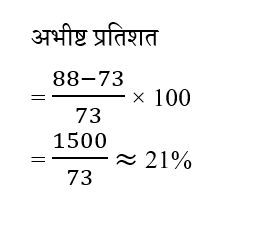Question 1:
If '+' means '–' '–' means '×' '×' means '÷' '÷' means '+', then what will come in place of question mark ?
यदि '+' का अर्थ '–' है '–' का अर्थ '×' है '×' का अर्थ '÷' है '÷' का अर्थ '+' है, तो प्रश्नवाचक चिह्न के स्थान पर क्या आएगा ?
153 × 9 – 5 + 32 ÷ 90 = ?
Question 2:
Four sets of numbers have been given, out of which three are alike in some way and one is different. Choose the different set.
संख्याओं के चार समुच्चय दिए गए हैं, जिनमें से तीन किसी न किसी तरह से समान हैं और एक असंगत है। उस असंगत समुच्चय का चयन करें।
Question 3: 
Question 4:
The sides AB and DC of a cyclic quadrilateral ABCD are constructed to meet at E and the sides AD and BC are constructed to meet at F. If ADC = 78° and BEC = 52°, then the measure of ∠AFB is:
एक चक्रीय चतुर्भुज ABCD की भुजाएँ AB और DC को E पर मिलने के लिए बनाया गया है और भुजाओं AD और BC को F पर मिलने के लिए बनाया गया है। यदि ADC = 78° और BEC = 52° है, तो ∠AFB का माप है:
Question 5: 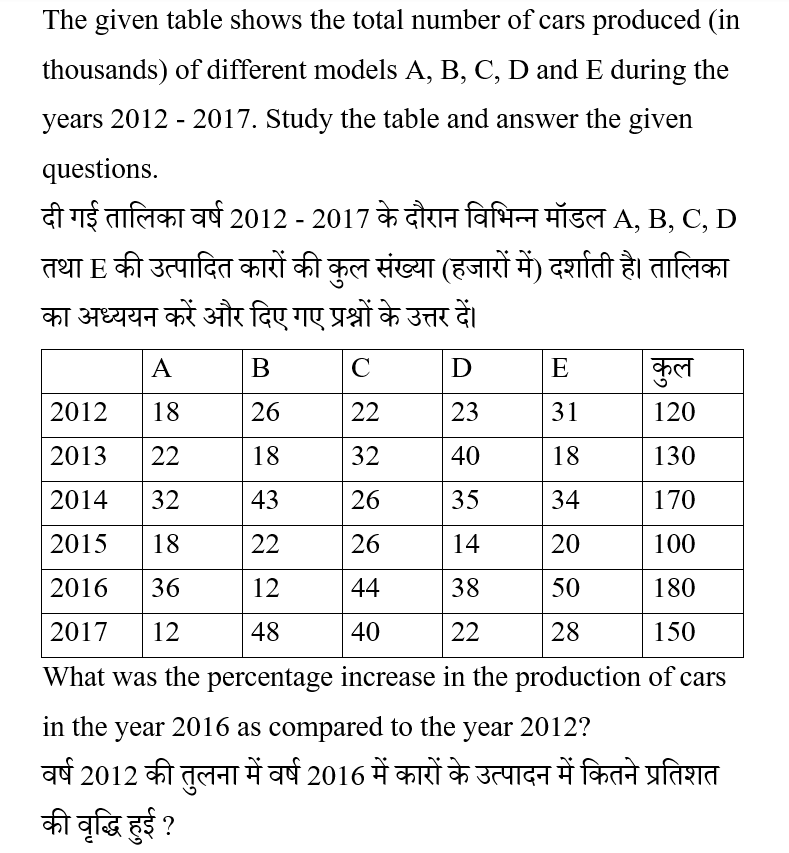
Question 6: 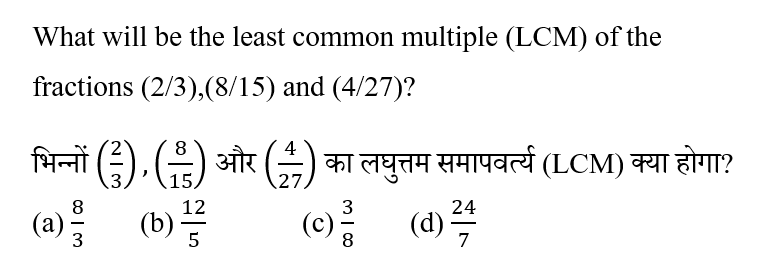
Question 7: 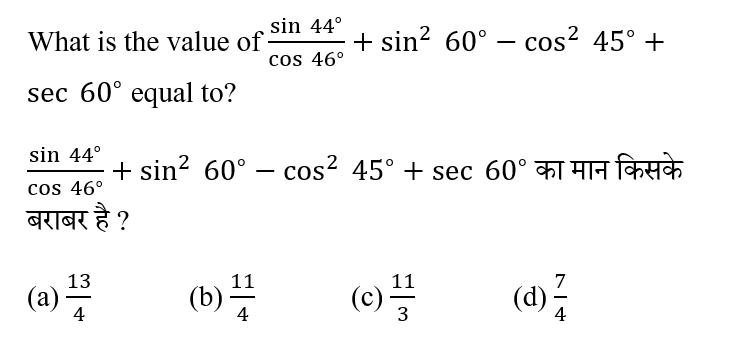
Question 8:
The sides AB and AC of ∆ABC are produced to points D and E respectively, the bisectors of ∠CBD and ∠BCE meet at P. If ∠A = 78°, then what is the measure of ∠P?
∆ABC की भुजाएँ AB और AC को क्रमशः बिंदु D और E तक बढ़ाया गया है, ∠CBD और ∠BCE के समद्विभाजक P पर मिलते हैं। यदि ∠A = 78° है, तो ∠P का माप क्या है ?
Question 9:
Rakesh runs 4/3 times faster than Mukesh. In a race, if Rakesh gives Mukesh a lead of 60m, then find the distance from the starting point where they both will meet.
राकेश, मुकेश से 4/3 गुना तेज दौड़ता है। एक दौड़ में, यदि राकेश, मुकेश को 60m की बढ़त देता है, तो शुरुआती बिंदु से दूरी ज्ञात करें जहां वे दोनों मिलेंगे ।
Question 10: 